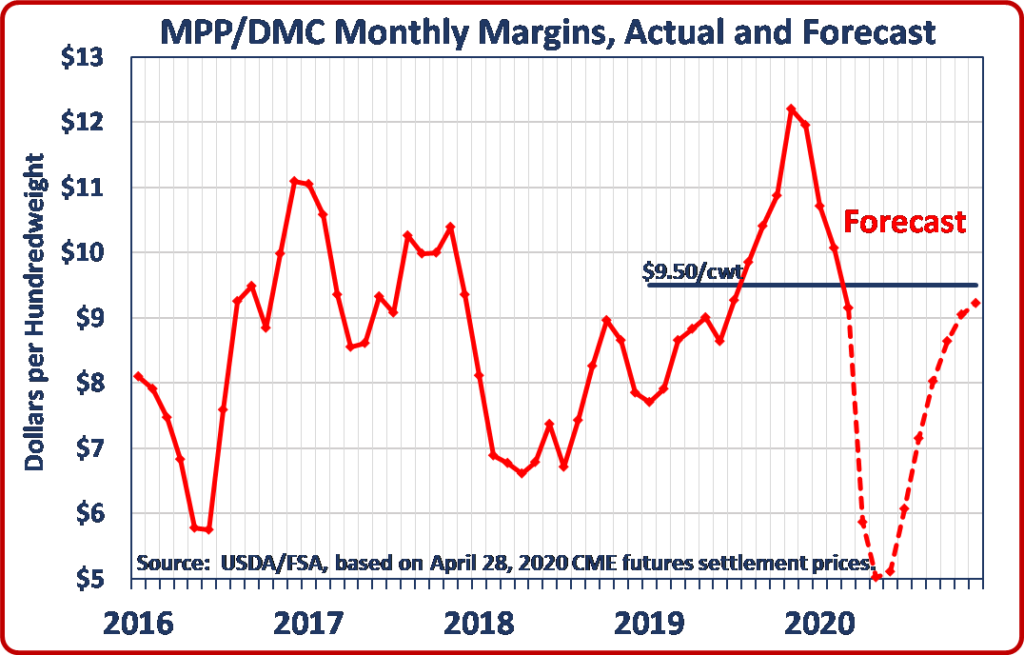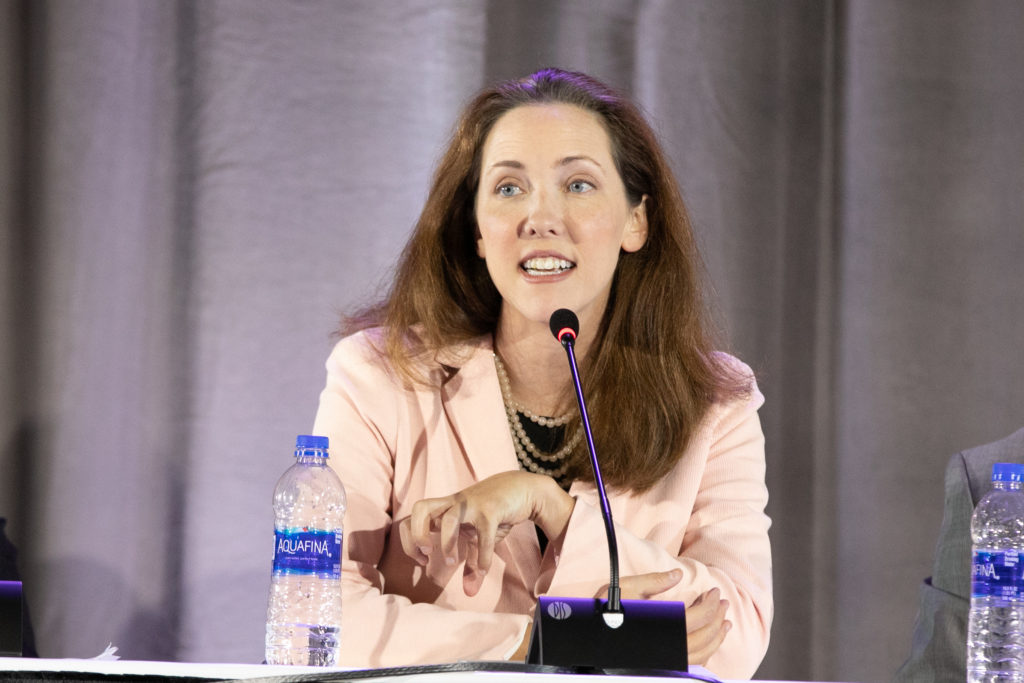NMPF and the U.S. Dairy Export Council (USDEC) submitted comments to the U.S. Trade Representative (USTR) on April 28 outlining dairy’s trade priorities as the Administration moves forward with its intention to negotiate a free trade agreement (FTA) with Kenya.
A strong FTA with Kenya will open new doors for the dairy industry. Kenya is a developing middle-income economy and a population growth rate nearly twice the global average. While Kenya imported nearly $50 million of dairy products from the world in 2019, U.S. dairy exports have been discouraged from entering this market due to high tariff rates and burdensome certification requirements.
Successful negotiations to remove these tariff and nontariff barriers will deliver tangible benefits for U.S. dairy farmers and manufacturers. Perhaps more importantly, it will set a critical precedent and lay the groundwork for such dairy provisions to become the guidelines for any future negotiations with African nations.
The comments submitted by NMPF and USDEC outline specific priorities that, if achieved, would constitute a successful FTA: namely, the removal of high tariff rates and nontariff barriers for dairy products, strong sanitary and phytosanitary standards, and concrete safeguards for common food names.
Slowing the EU on Food Names
NMPF and USDEC also are encouraging USTR to incorporate and build upon the advances made in the U.S.-Mexico-Canada agreement to slow predatory European Union policies that erect de facto prohibitions on the import of many non-EU products into third-party countries. This includes barriers that undermine market access rights of U.S. dairy products labeled with terms such as “parmesan,” “Asiago,” “feta,” “romano,” or “gorgonzola.” These technical barriers to trade must not be tolerated.
NMPF was encouraged in that effort by USTR’s firm rebuke of EU dairy trade policies in its annual U.S. Special 301 Report released April 29. “Rather than trying to compete on a level playing field, Europe has tried to effectively institute a blockade of U.S. dairy,” Jim Mulhern, president and CEO of NMPF, said in a statement responding to the report. “This is unacceptable and harms America’s dairy industry and the rural communities our farmers and processors support.”
NMPF is committed to making dairy’s voice heard and will conduct follow-up outreach to U.S. negotiators regarding the dairy industry’s priorities.









